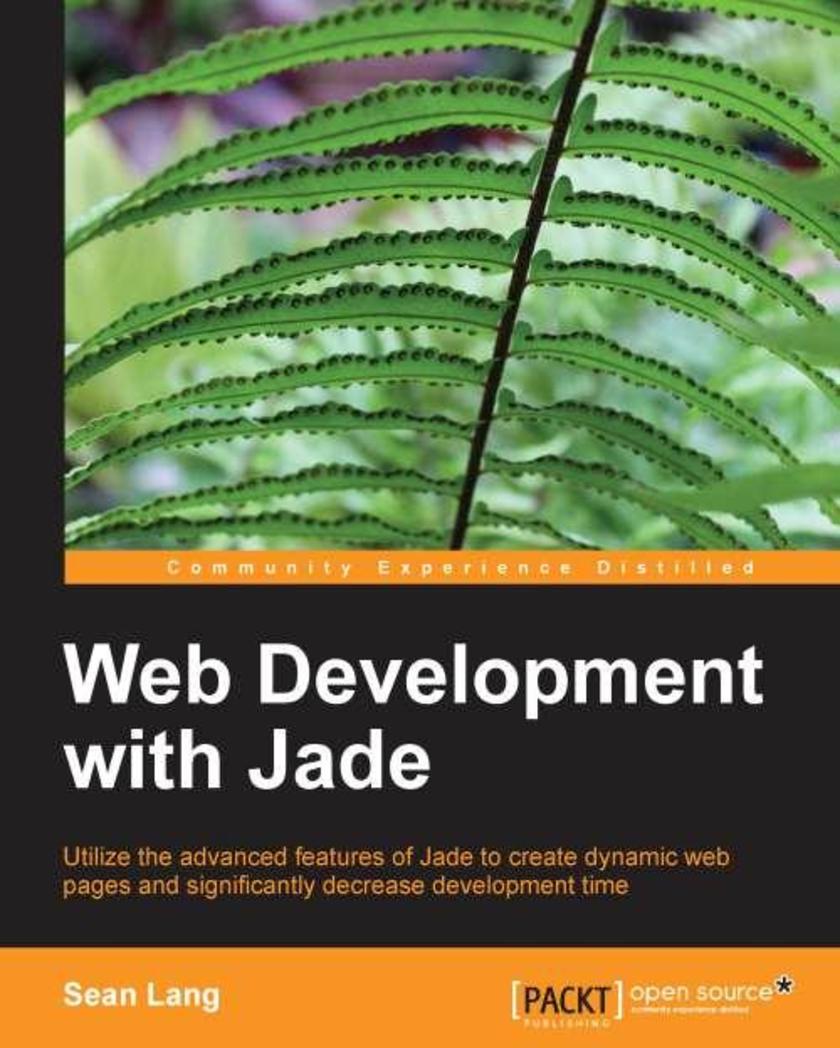
Web Development with Jade
¥45.77
This is a stepby step, tutorialbased book which will enable web developers to explore the functionalities of Jade and learn how to use it to write certain functions and processes for web development. This book is for web developers with at least a basic understanding of HTML and JavaScript. It will enable you to write an easier form of language that then compiles into HTML.
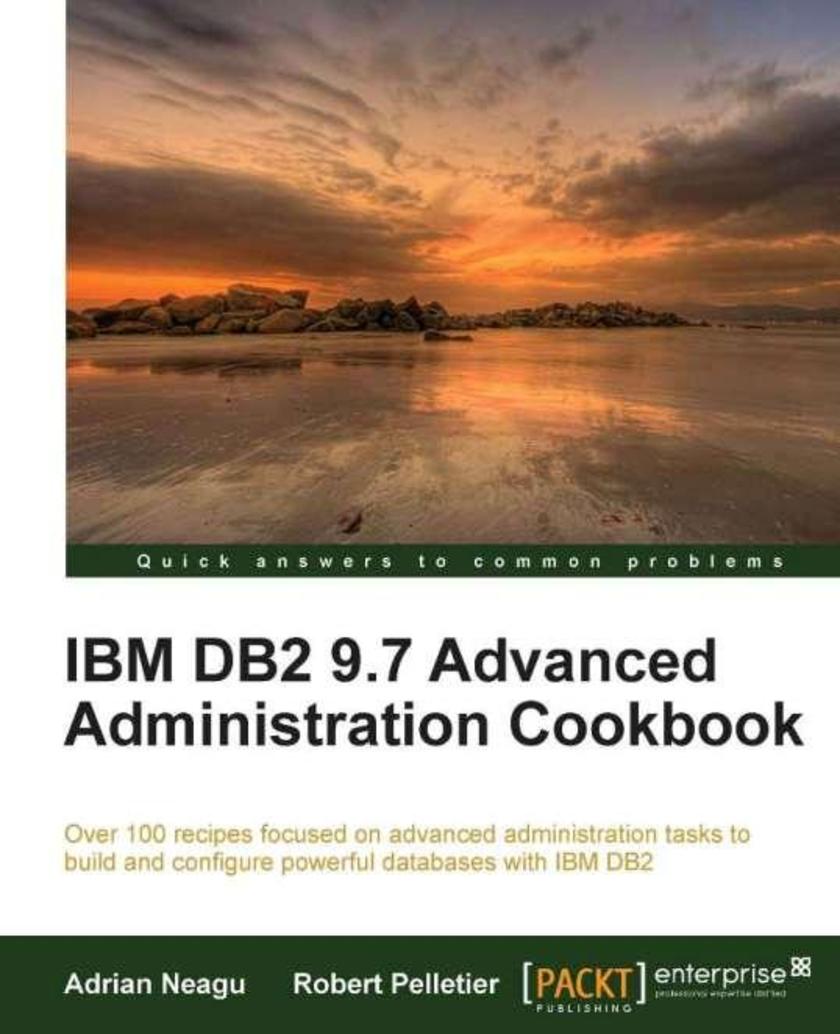
IBM DB2 9.7 Advanced Administration Cookbook
¥116.62
This cookbook has recipes written in a simple, easy to understand format, with lots of screenshots and insightful tips and hints. If you are a DB2 Database Administrator who wants to understand and get hands on with the underlying aspects of database administration, then this book is for you. This book assumes that you have a basic understanding of DB2 database concepts.
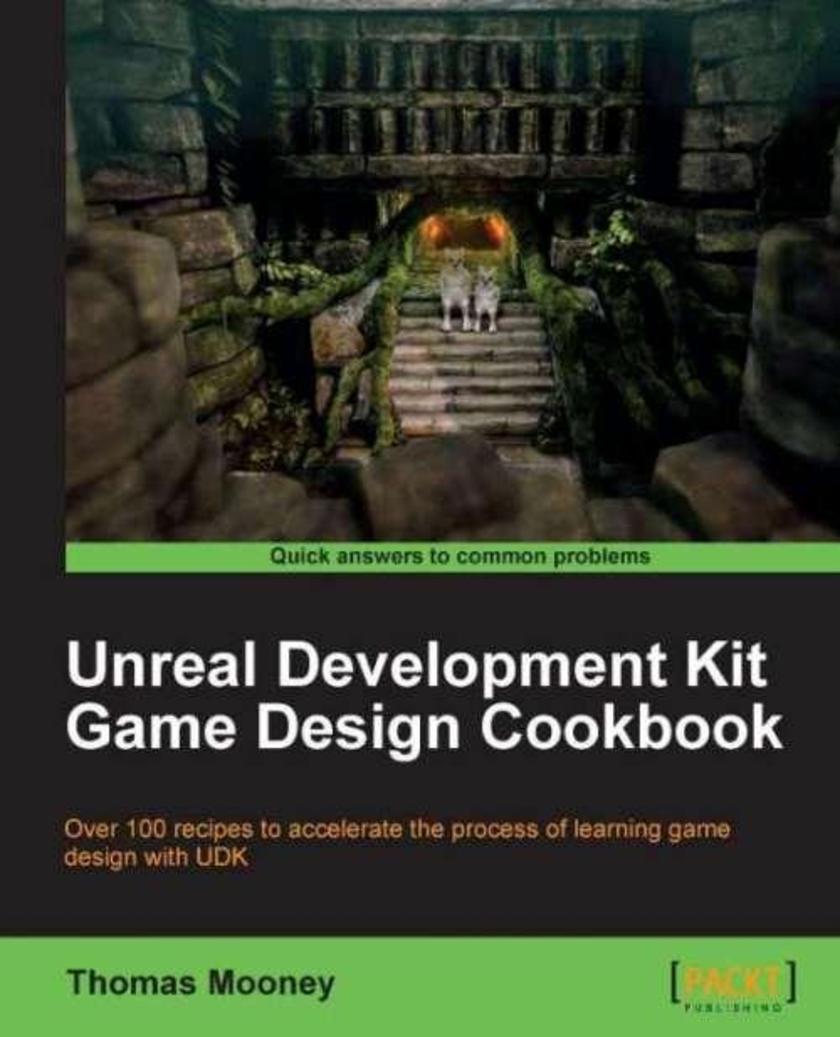
Unreal Development Kit Game Design Cookbook
¥99.18
Written in cookbook style, this book offers many recipes to learn game design with UDK. Each recipe contains step-by-step instructions followed by analysis of what was done in each task and other useful information. The book is designed so that you can read it chapter by chapter, or you can look at the list of recipes and refer to them in no particular order. This book is meant for game artists who are getting used to UDK but may feel the need for guidance on matters of implementation. It also targets brave beginners who are struggling to find an all in one package for getting started with UDK, and want a ready to hand reference. Level designers can use this book to gauge their understanding of the editor, check for specific problems, and discover gems they may not have come across before.
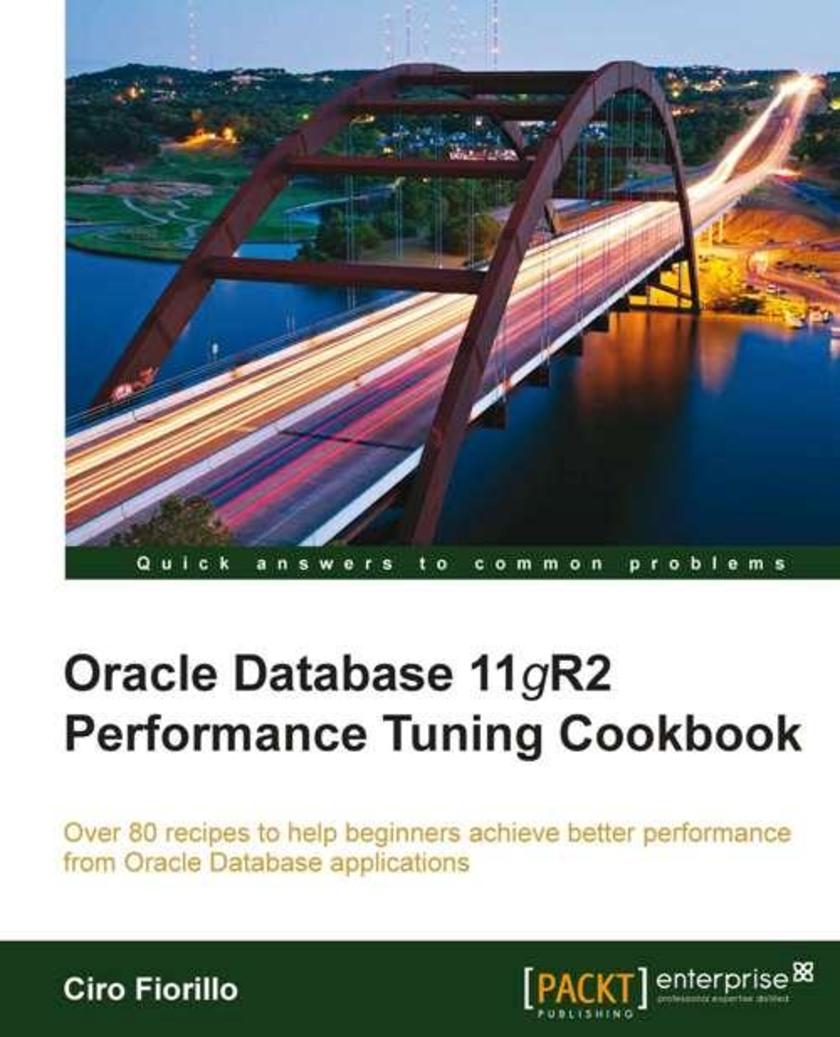
Oracle Database 11g R2 Performance Tuning Cookbook
¥99.18
In this book you will find both examples and theoretical concepts covered. Every recipe is based on a */procedure explained step-by-step, with screenshots, while theoretical concepts are explained in the context of the recipe, to explain why a solution performs better than another. This book is aimed at software developers, software and data architects, and DBAs who are using or are planning to use the Oracle Database, who have some experience and want to solve performance problems faster and in a rigorous way. If you are an architect who wants to design better applications, a DBA who is keen to dig into the causes of performance issues, or a developer who wants to learn why and where the application is running slow, this is the book for you. Basic knowledge of SQL language is required and general knowledge of the Oracle Database architecture is preferable.
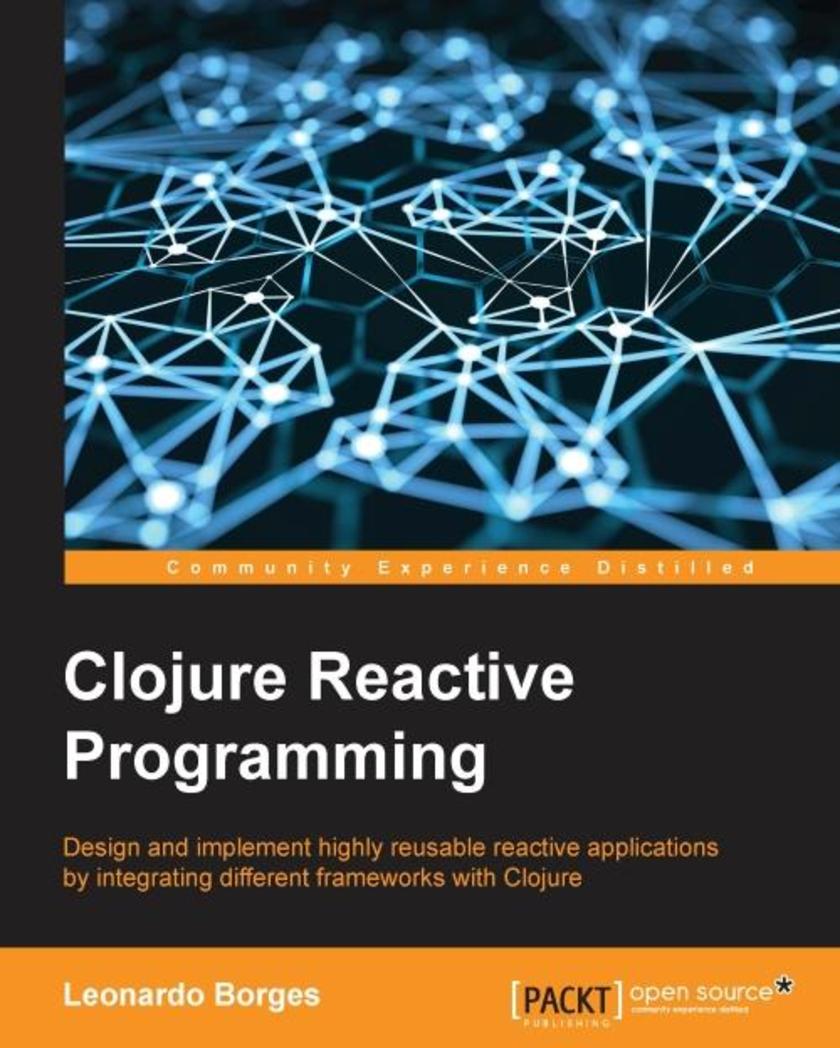
Clojure Reactive Programming
¥80.65
If you are a Clojure developer who is interested in using Reactive Programming to build asynchronous and concurrent applications, this book is for you. Knowledge of Clojure and Leiningen is required. Basic understanding of ClojureScript will be helpful for the web chapters, although it is not strictly necessary.
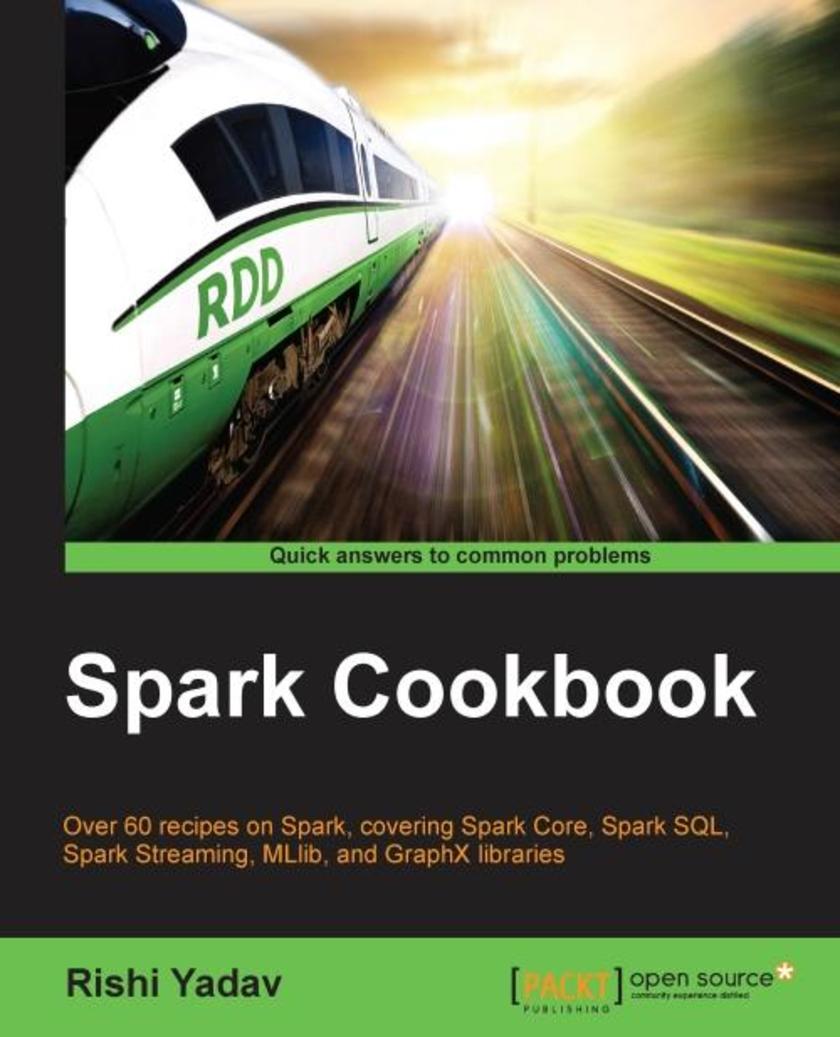
Spark Cookbook
¥80.65
If you are a data engineer, an application developer, or a data scientist who would like to leverage the power of Apache Spark to get better insights from big data, then this is the book for you.

Google Visualization API Essentials
¥80.65
This book is a step-by-step tutorial full of diagrams, core concept explanations, best practice tips, and links to working book examples. This book will show you how create web-ready data visualizations using Google’s infrastructure. Some HTML knowledge is the only requirement, although some JavaScript knowledge is also helpful.
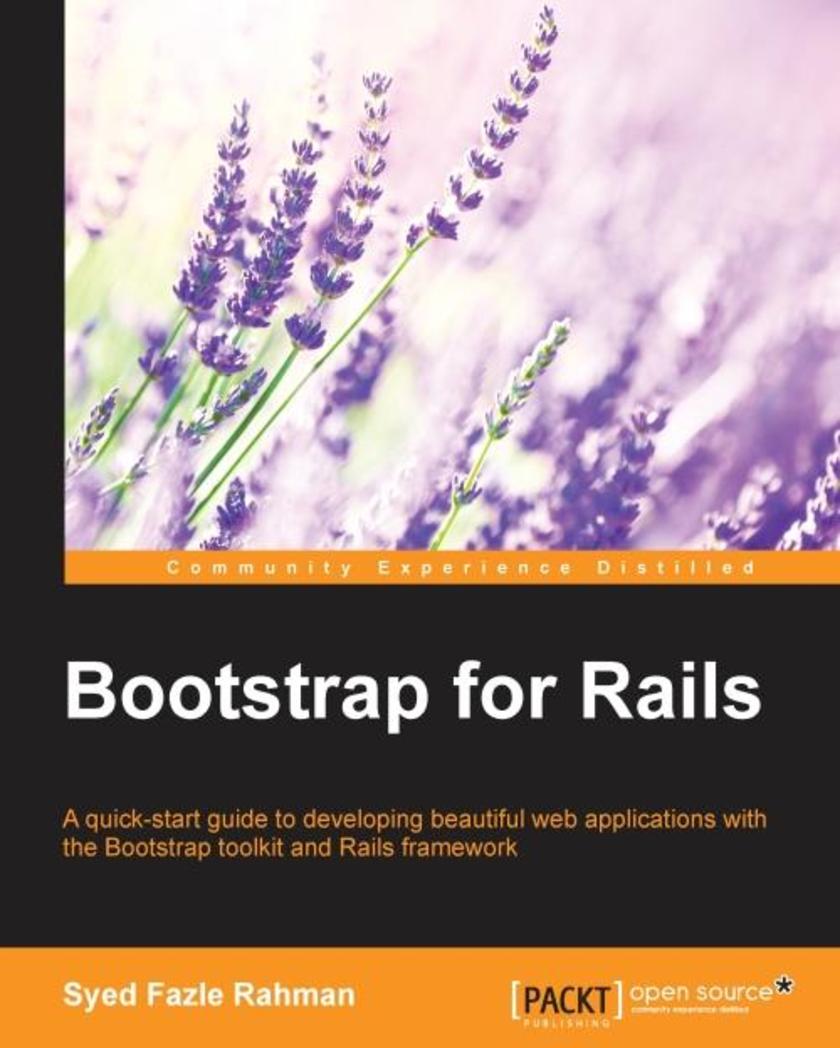
Bootstrap for Rails
¥54.49
If you are a web developer who has a basic understanding of Ruby on Rails, this is the book for you. You should definitely have previous knowledge about HTML and how it works. However, CSS and JavaScript knowledge is optional for this book.
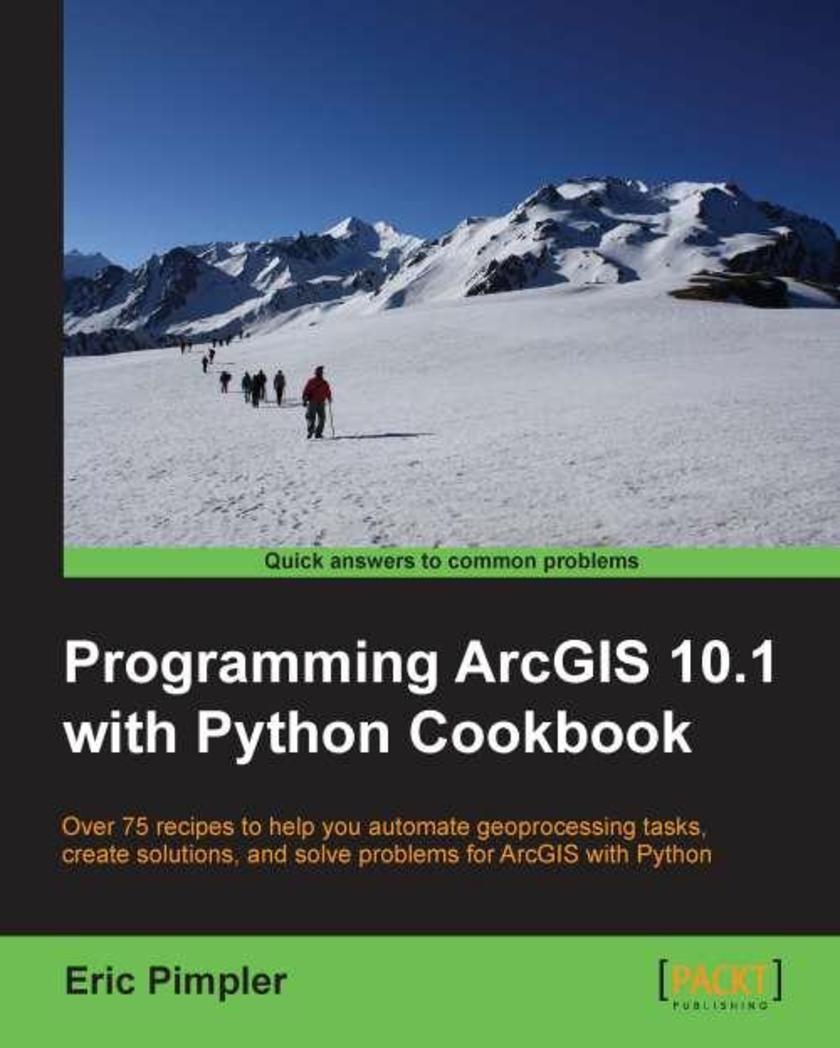
Programming,ArcGIS 10.1 with,Python Cookbook
¥80.65
This book is written in a helpful, practical style with numerous hands-on recipes and chapters to help you save time and effort by using Python to power ArcGIS to create shortcuts, *s, tools, and customizations."Programming ArcGIS 10.1 with Python Cookbook" is written for GIS professionals who wish to revolutionize their ArcGIS workflow with Python. Basic Python or programming knowledge is essential(?).
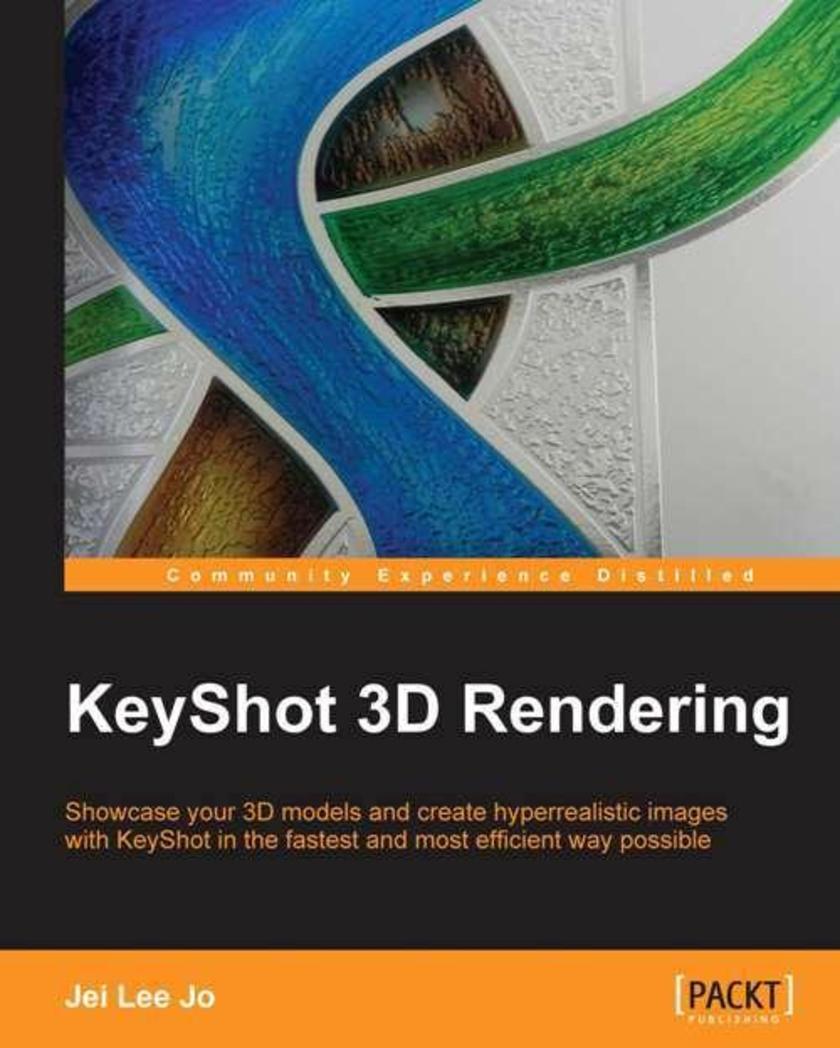
Keyshot 3D Rendering
¥54.49
The book includes a series of step-by-step illustrated tutorials supported by a detailed explanation for each aspect of the 3D rendering procedure. Some of the procedures or steps may be omitted if they have been previously explained in an exercise or chapter. "Keyshot 3D Rendering" is ideal for beginners and professionals who are involved with product development, entertainment, and industrial design. It is recommended for readers who already have some level of experience with 3D modelling, texturing, and rendering applications.
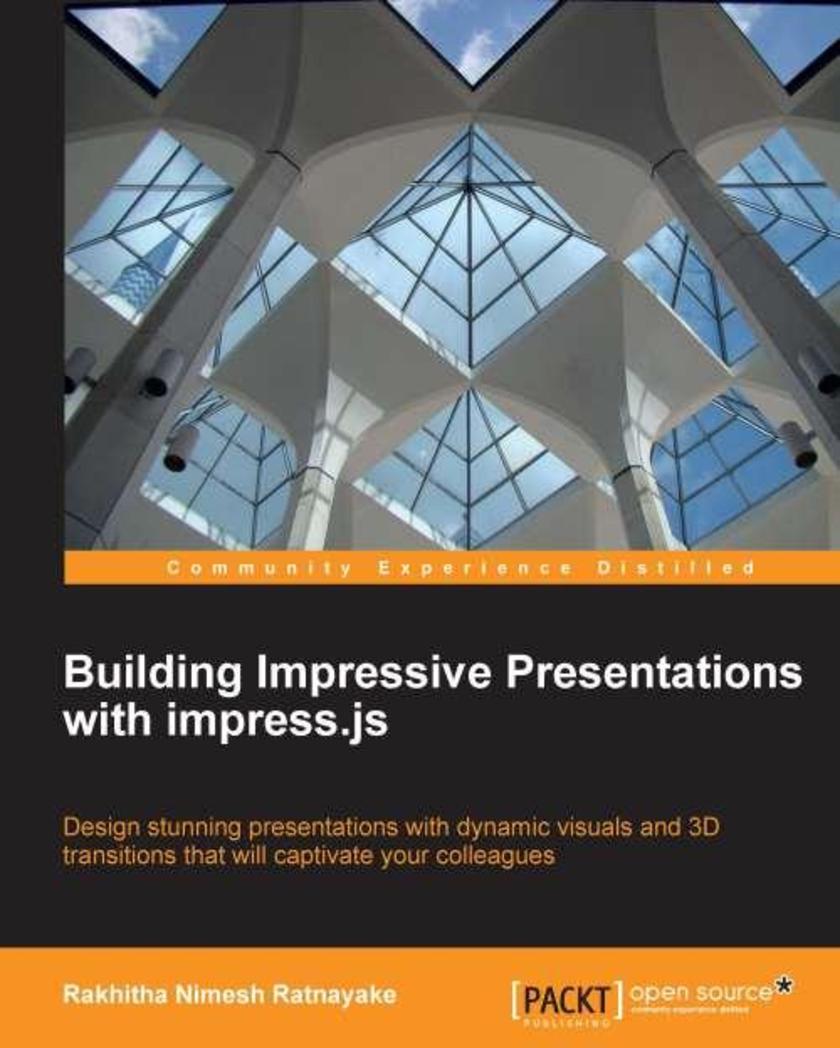
Building Impressive Presentations with Impress.js
¥45.77
This book gives you exactly what you need, exactly when you need it. Using easy-to-follow practical examples, this guide takes you from simple presentations to complete websites in no time. If you want to engage your audience on a level not previously possible on software such as PowerPoint or Prezi, then this book is for you. With basic knowledge of HTML, CSS, and JavaScript you can start making presentations that truly Impress.
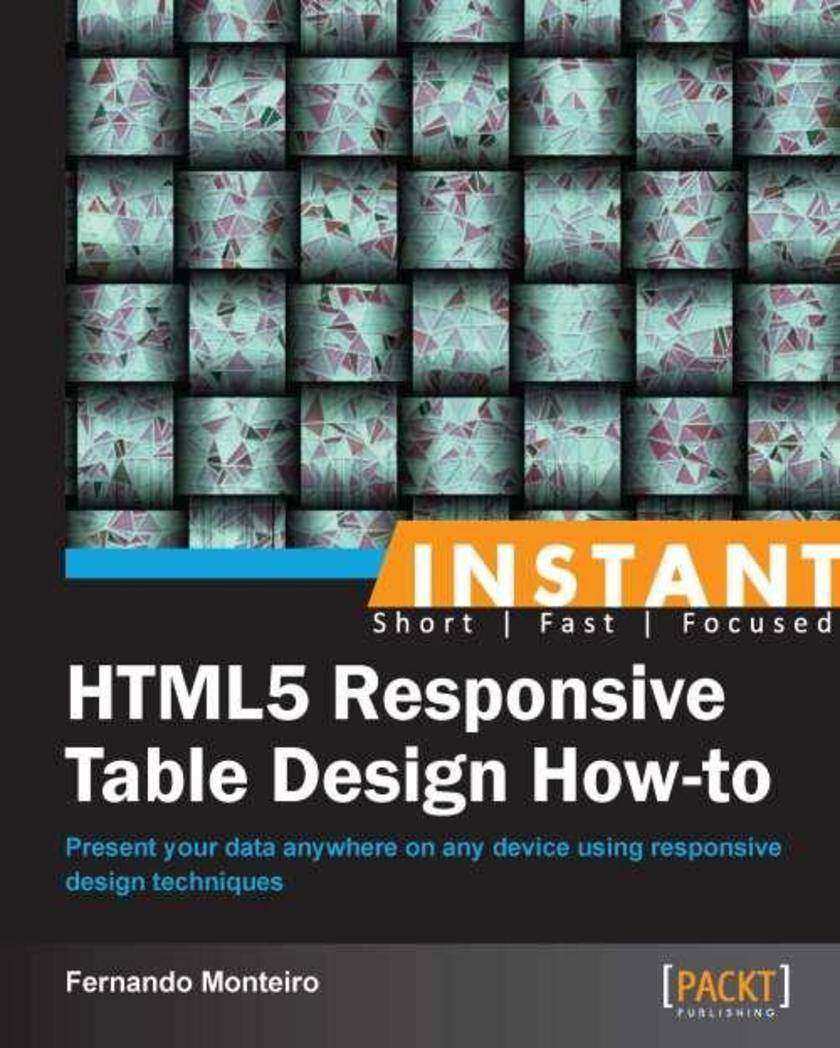
Instant HTML5 Responsive Table Design How-to
¥41.41
Filled with practical, step-by-step instructions and clear explanations for the most important and useful tasks.A practical guide to building responsive tables optimized for any device. Filled with quick recipes that cover responsive design techniques and make use of open source tools that will make your data easy to understand regardless of device. If you, like so many other developers, are struggling to show data across all devices, this book is for you. Dive into responsive design and master one of the trickiest aspects. You don't need to be an expert; you just need to know the basics of web development.
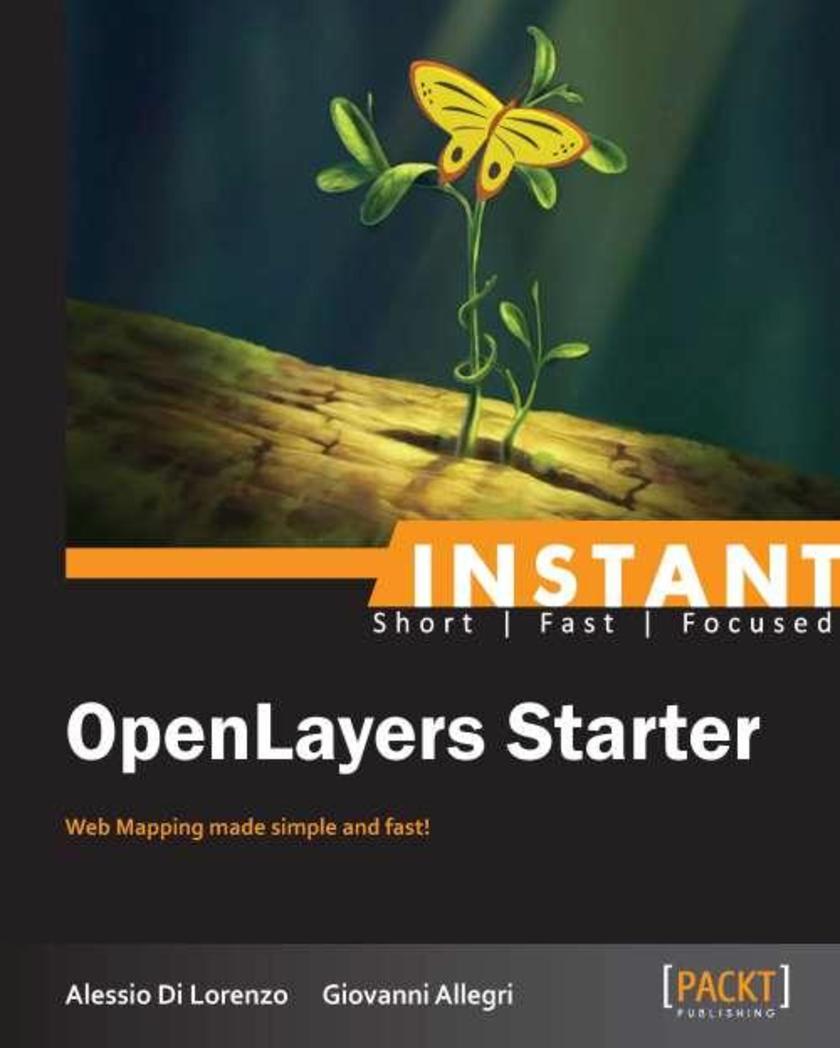
Instant OpenLayers Starter
¥41.41
Get to grips with a new technology, understand what it is and what it can do for you, and then get to work with the most important features and tasks.A quick and simple Starter to working with the OpenLayers JavaScript library architecture, helping you become productive with it in a very short time. Instant OpenLayers Starter is a book for web designers or GIS specialists with a basic knowledge of JavaScript, for learning how to create simple, embedded, and basic maps, or to build complex data analysis and data management RIAs.
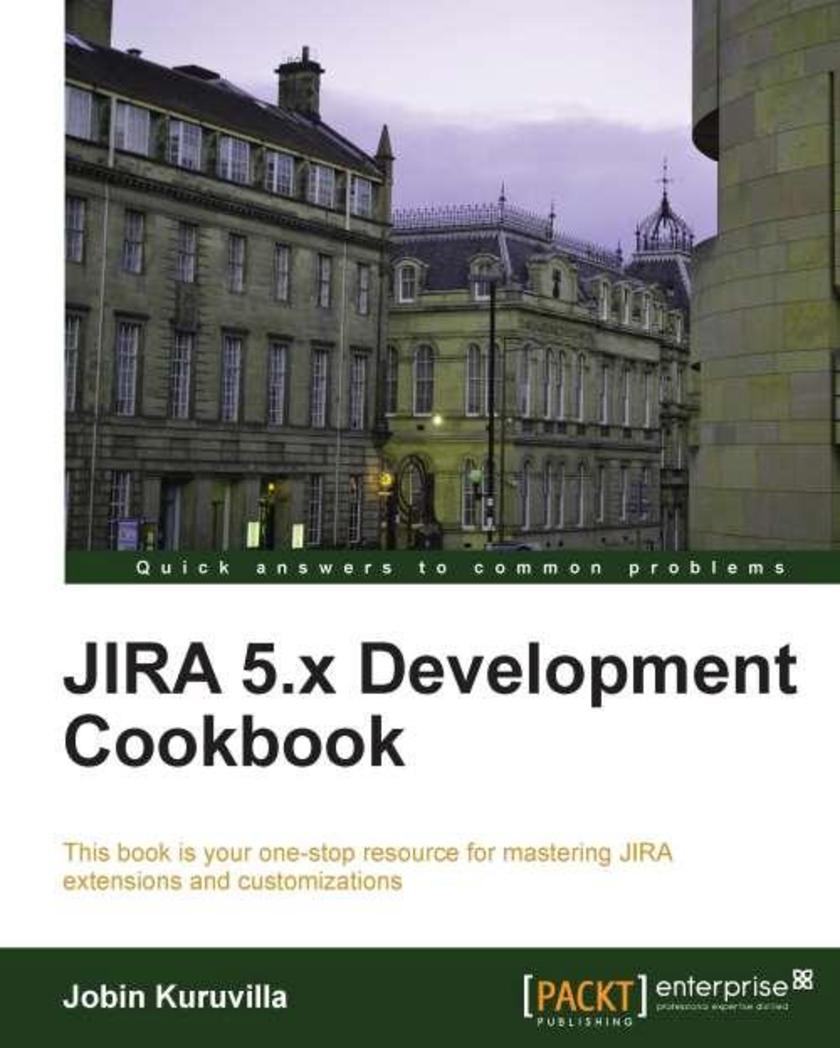
JIRA 5.x Development Cookbook
¥107.90
"JIRA 5.x Development Cookbook" is part of Packt's Cookbook series. A Packt Cookbook contains step-by-step recipes for solutions to the most important problems you face when working with a topic. Inside this Cookbook you will find: A straightforward and easy-to-follow format, A selection of the most important tasks and problems, Carefully organized instructions for solving the problem efficiently, Clear explanations of what you did, Details for applying the solution to other situations. If you are a JIRA developer or project manager who wants to fully exploit the exciting capabilities of JIRA, then this is the perfect book for you.
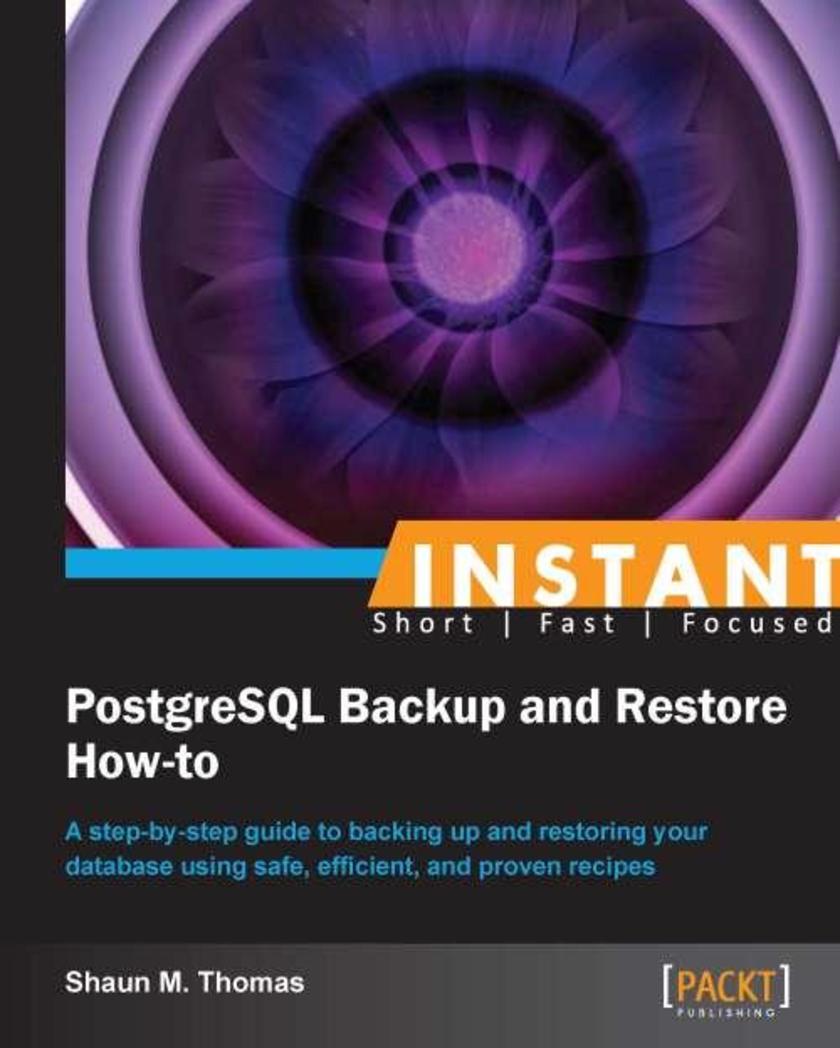
Instant PostgreSQL Backup and Restore How-to
¥50.13
Filled with practical, step-by-step instructions and clear explanations for the most important and useful tasks. This hands-on guide provides a quick and easy way to back up and restore your database using PostgreSQL. Written for database administrators who want to create backups of their critical enterprise data and efficiently restore it using PostgreSQL.
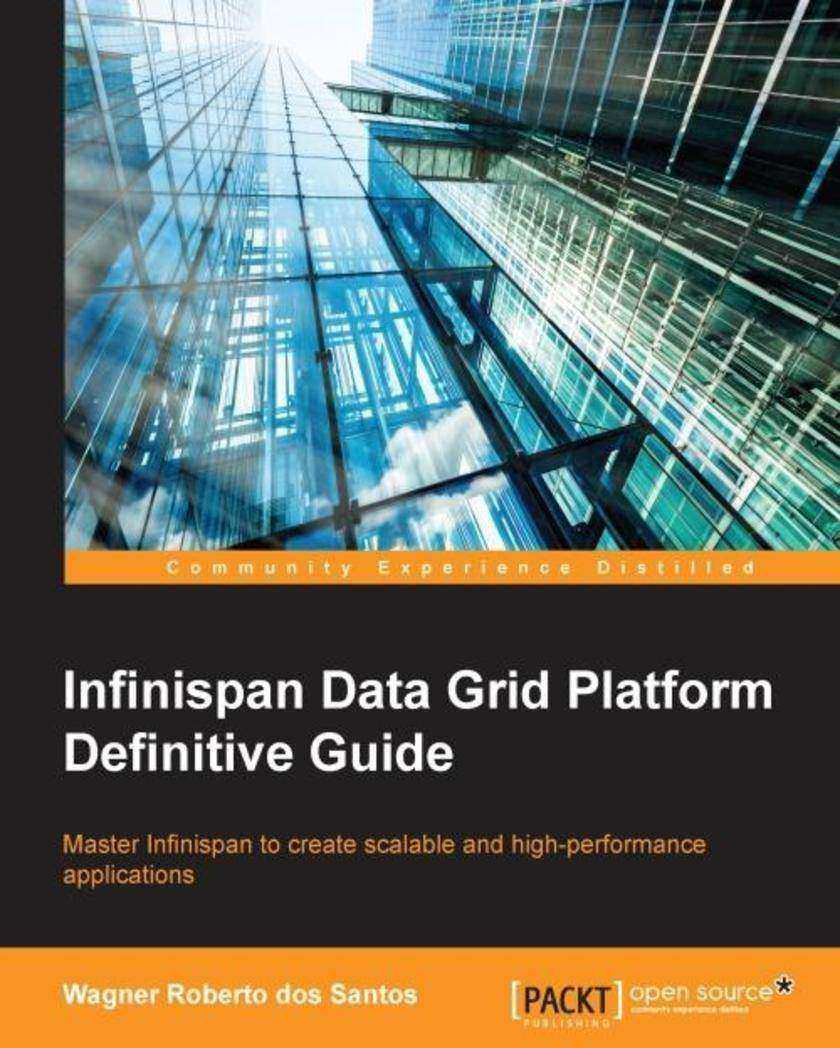
Infinispan Data Grid Platform Definitive Guide
¥80.65
This practical guide is intended for those who want to learn how to build extremely scalable applications. This book is easy to read and is aimed at Java enterprise developers with a solid knowledge of Java. However, no previous coding experience with Infinispan is required.
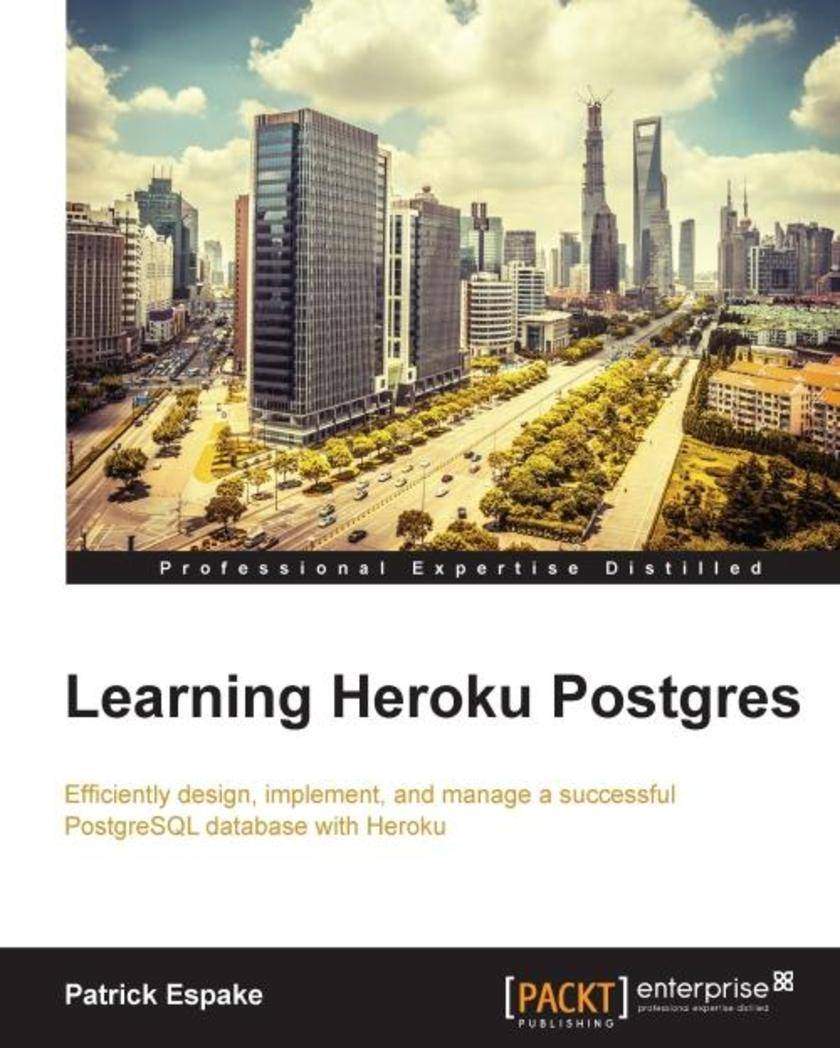
Learning Heroku Postgres
¥54.49
Learning Heroku Postgres is targeted at developers and database admins. Even if you're new to Heroku Postgres, you'll be able to master both the basic as well as advanced features of Heroku Postgres. Since Heroku Postgres is incredibly user-friendly, no previous experience in computer coding or programming is required.
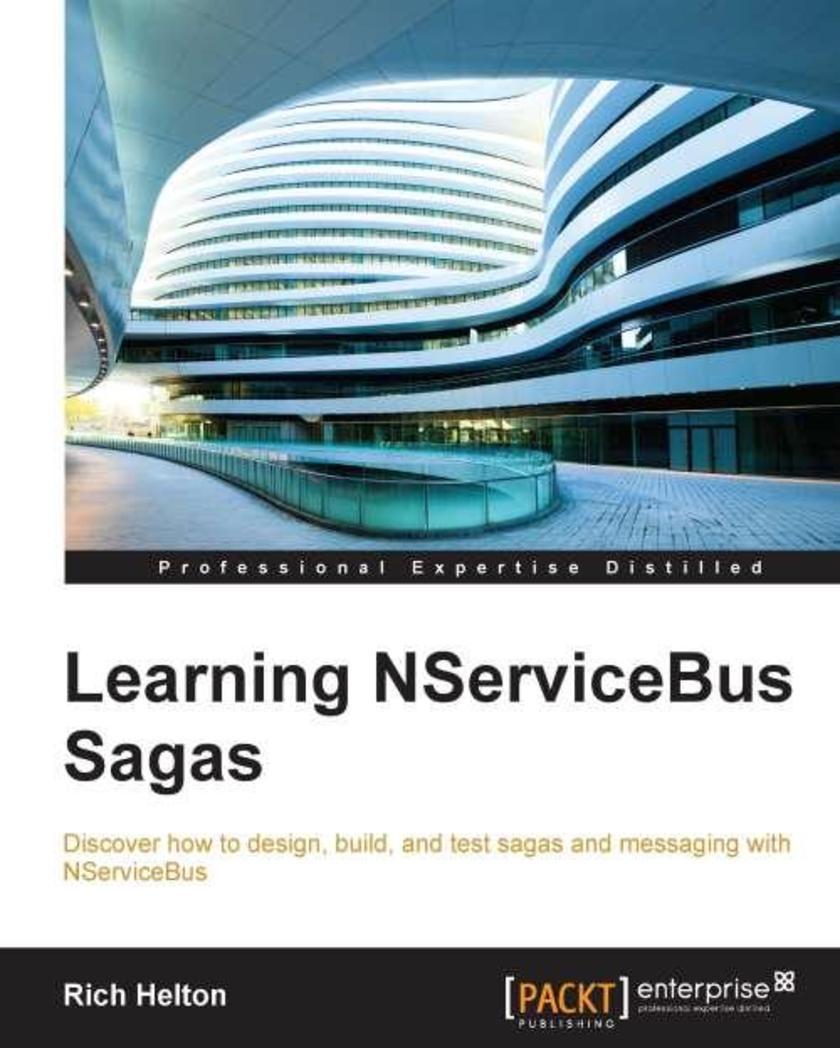
Learning NServiceBus Sagas
¥54.49
If you are an Enterprise C# developer who wishes to extend your knowledge of NServiceBus and Enterprise Service Bus in C#, this is the book for you. This book is designed to enhance the education of ESBs and their messaging, whether you are a beginner or a seasoned expert in Enterprise C#, Apex, and Visualforce pages.
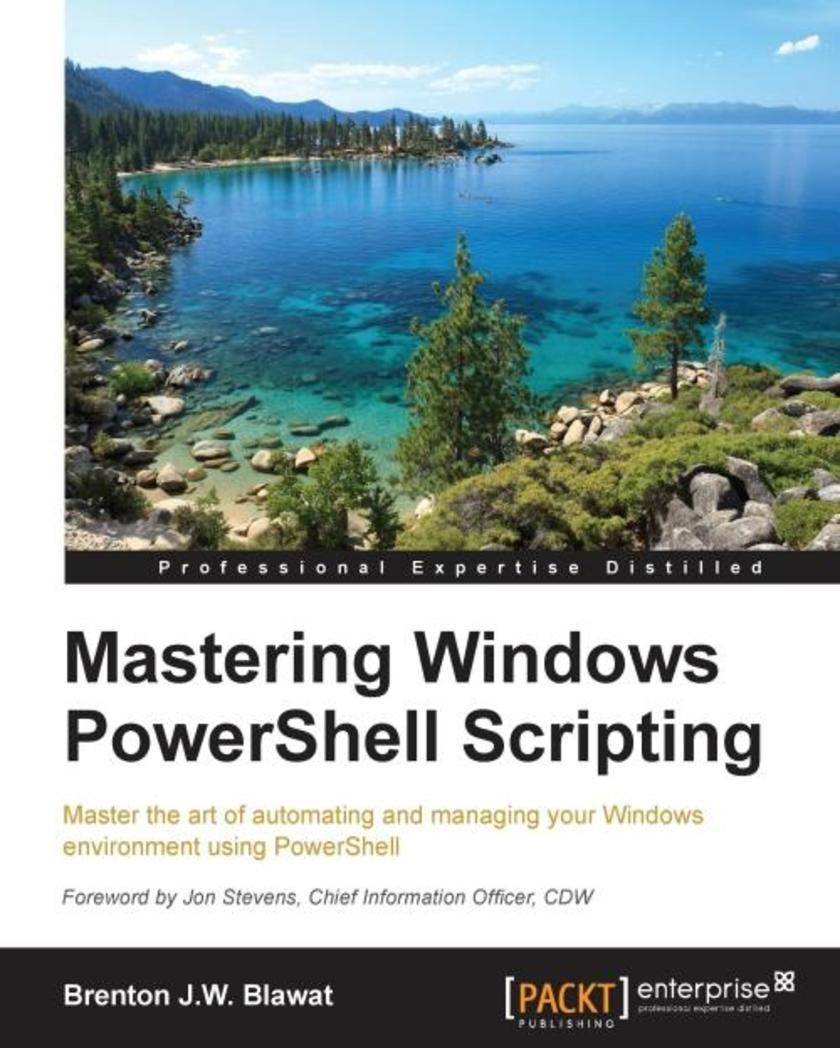
Mastering Windows PowerShell Scripting
¥90.46
If you are a system administrator who wants to become an expert in controlling and automating your Windows environment, then this book is for you. Prior knowledge of PowerShell's core elements and applications is required for this book.
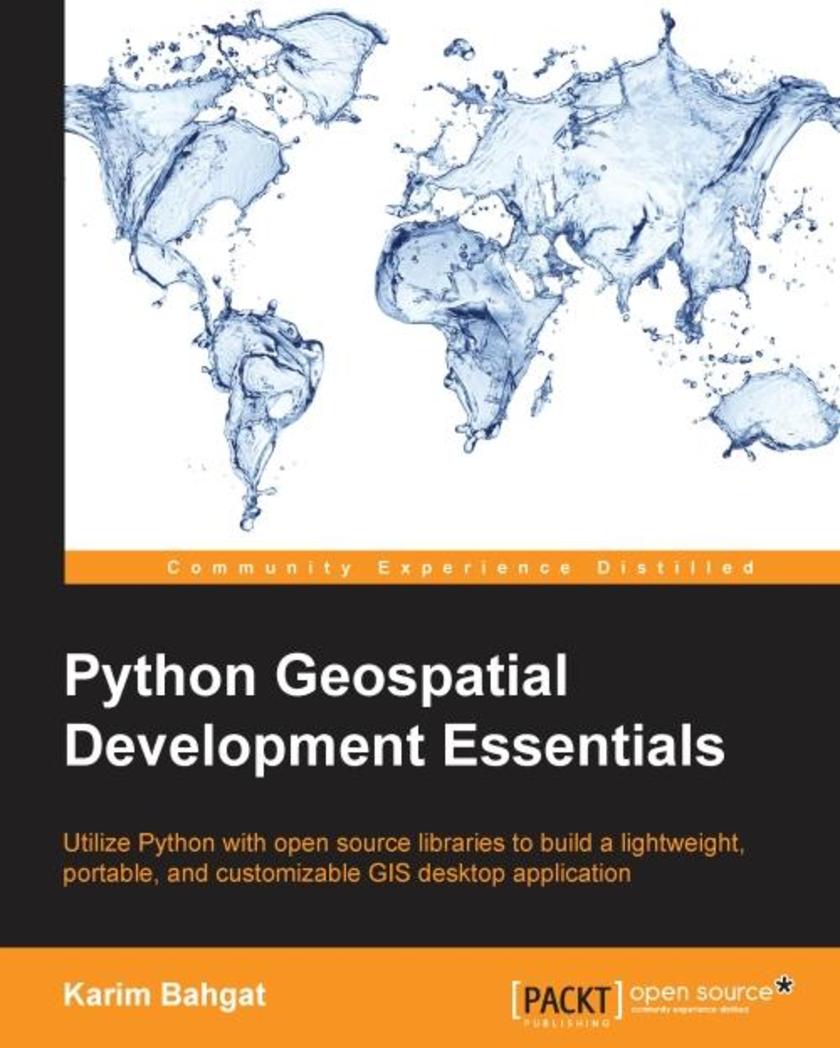
Python Geospatial Development Essentials
¥54.49
This book is ideal for Python programmers who are tasked with or wish to make a special-purpose GIS application. Analysts, political scientists, geographers, and GIS specialists seeking a creative platform to experiment with cutting-edge spatial analysis, but who are still only beginners in Python, will also find this book beneficial. Familiarity with Tkinter application development in Python is preferable but not mandatory.
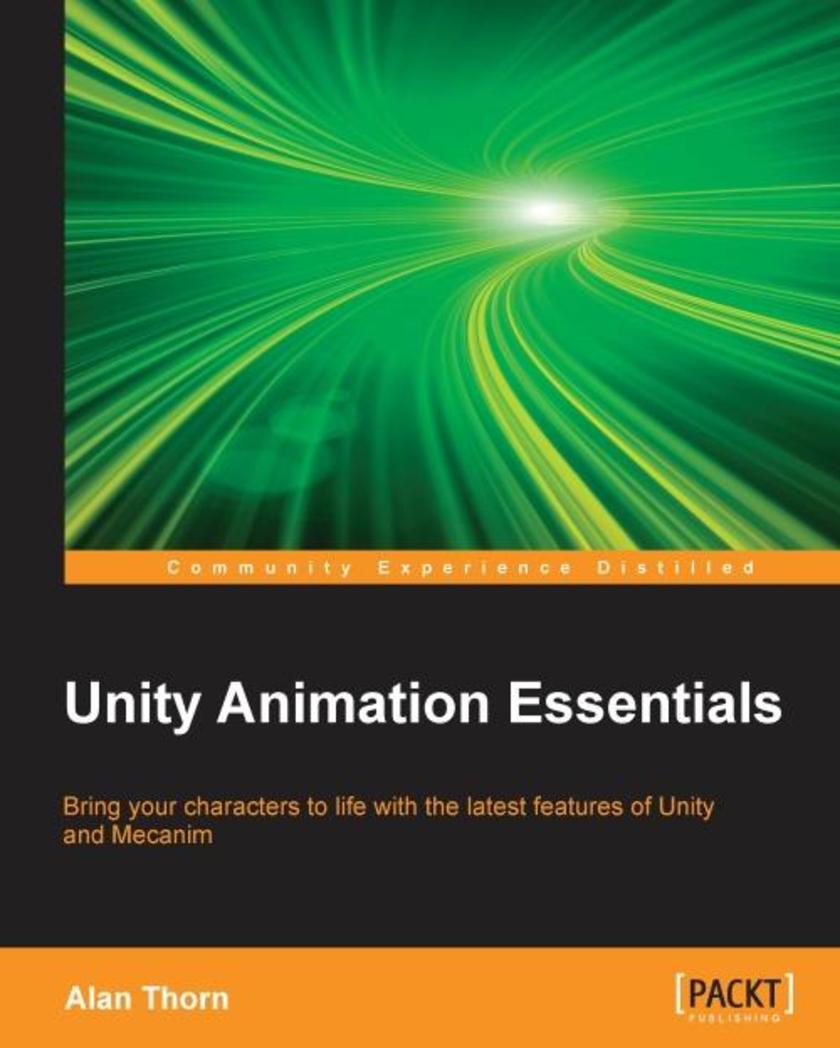
Unity Animation Essentials
¥54.49
This book is targeted at hobbyists, students, and game development professionals familiar with the Unity basics, looking to extend their skills and knowledge in the field of real-time game animation. You will need to be familiar with level design and basic *ing in C# and have a good knowledge of game development.




 购物车
购物车 个人中心
个人中心



